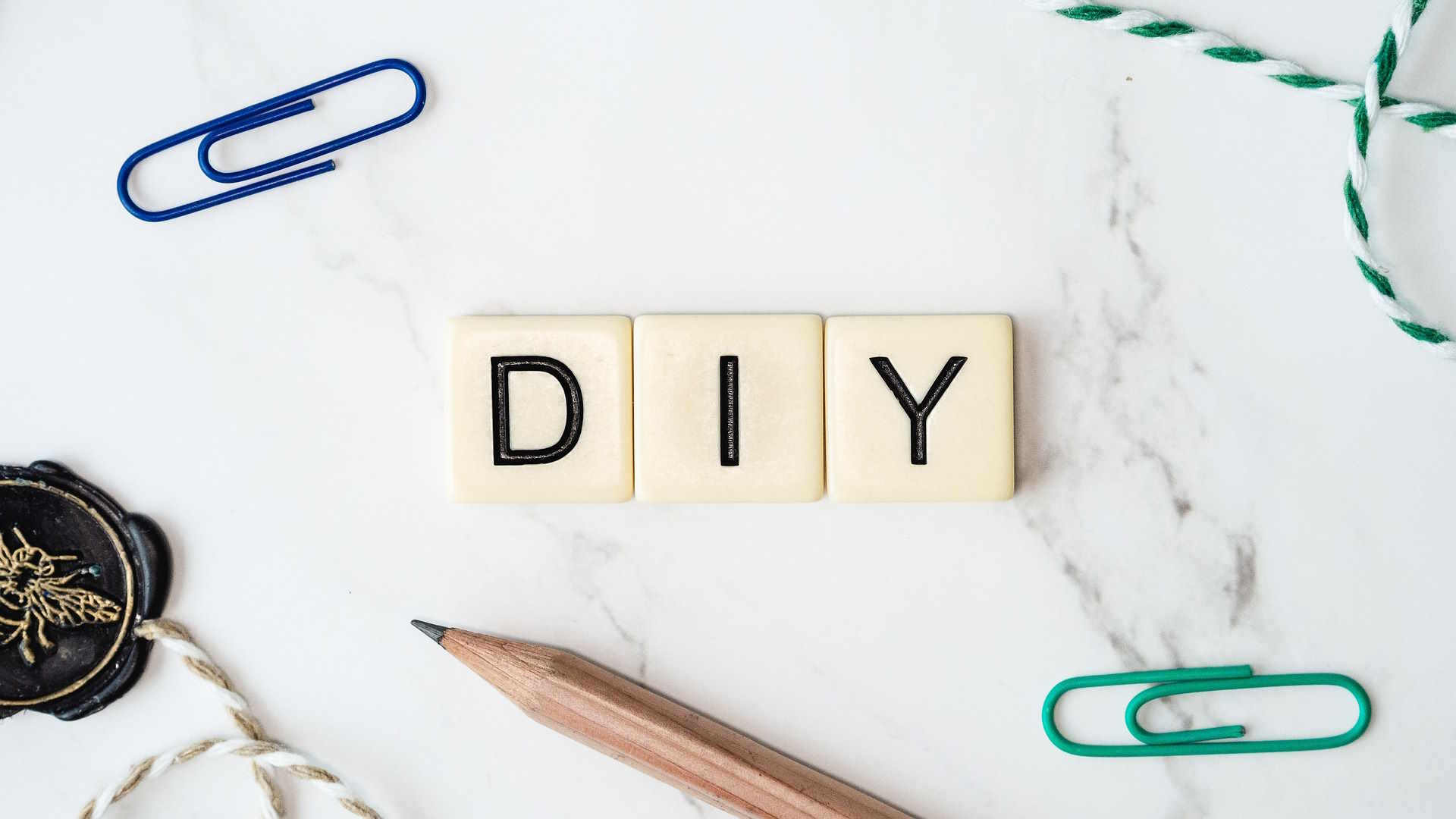Explore Fun and Easy 3D Drawing Tools
“Explore easy projects that turn imagination into real objects, from simple toys and decorations to practical items, offering step-by-step guidance that helps beginners gain confidence while more advanced users can experiment with complex shapes and intricate designs.”

How Do 3D Drawing Tools Work?
3D pens operate by heating and extruding plastic filament, typically ABS or PLA material, through a nozzle tip. The melted plastic cools rapidly as it exits the pen, allowing it to maintain its shape and form solid structures. Temperature controls and feed rate adjustments enable users to manage the flow of material, while cooling fans help ensure proper solidification of the created objects.
Getting Started with 3D Pen Creation
Beginning with 3D pen art requires understanding basic techniques and safety considerations. Users should start with simple 2D shapes on paper before progressing to vertical structures. Important starting points include maintaining consistent drawing speed, practicing proper pen angle control, and ensuring adequate ventilation when working with heated materials.
Creative Applications and Project Ideas
3D pens offer versatile applications across various creative domains:
-
Architectural modeling and prototyping
-
Custom jewelry and accessories
-
Educational tools for STEM learning
-
Artistic sculptures and decorative pieces
-
Repair work for plastic items
-
Custom phone cases and household items
Materials and Maintenance Requirements
The primary materials used in 3D pens include:
| Material Type | Characteristics | Recommended Use |
|---|---|---|
| PLA | Biodegradable, lower temperature | Beginners, indoor use |
| ABS | Durable, higher temperature | Advanced projects |
| PETG | Flexible, food-safe | Specialized applications |
Prices, rates, or cost estimates mentioned in this article are based on the latest available information but may change over time. Independent research is advised before making financial decisions.
Tips for Successful 3D Pen Projects
Success with 3D pens relies on several key factors:
-
Maintaining consistent drawing speed
-
Working on appropriate surfaces
-
Understanding material properties
-
Regular cleaning and maintenance
-
Proper temperature settings
-
Practice with basic shapes before advancing
Safety and Best Practices
When using 3D pens, it’s essential to follow safety guidelines:
-
Work in well-ventilated areas
-
Keep the hot nozzle away from skin and flammable materials
-
Use appropriate materials for your pen model
-
Monitor temperature settings
-
Keep the workspace organized
-
Store materials properly
Creating with 3D pens combines traditional artistic skills with modern technology, offering unique opportunities for personal expression and practical problem-solving. Whether used for educational purposes, creative projects, or professional applications, these tools provide an accessible entry point into the world of three-dimensional creation.




